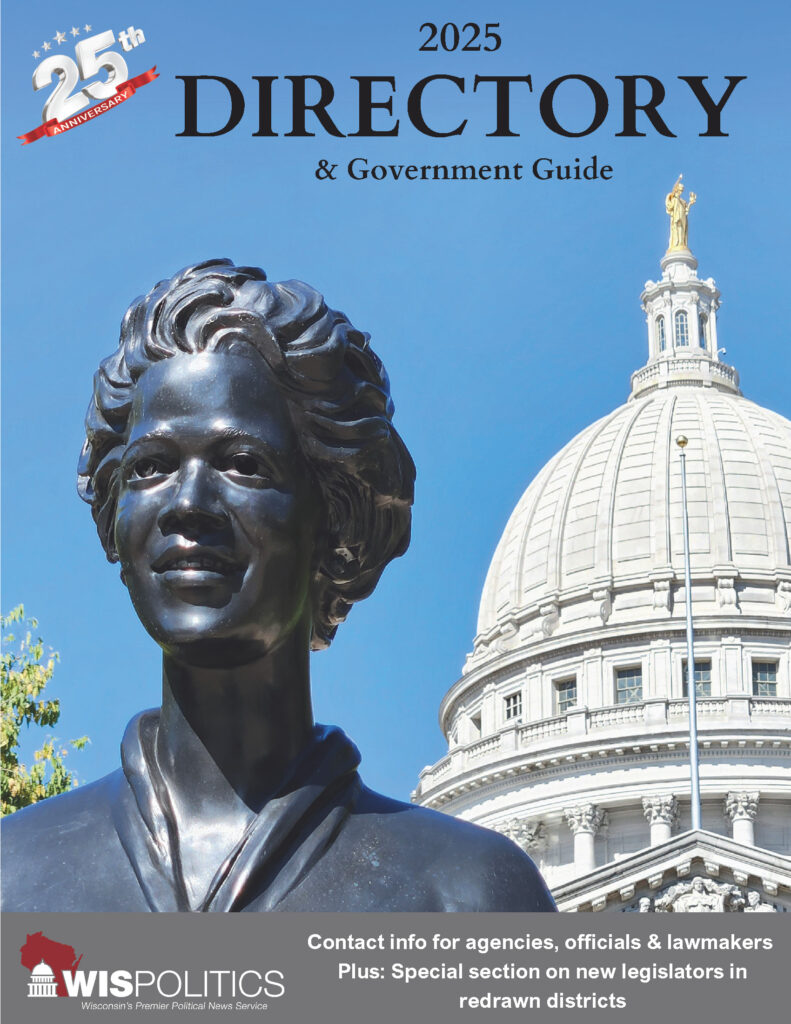MADISON, Wis. – For generations, the close-knit community of Montana, situated on the northern end of the Driftless region in Buffalo County, has been home to family farms. The area features a landscape full of rolling hills and dense forests nestled in plunging valleys. While much of the land in the township is productive, the flat fields that line the winding roadways are optimal for maneuvering...
Please log in to access subscriber content.
If you don't have a subscription, please contact schmies@wispolitics.com for subscription options on the WisPolitics-State Affairs platform, which is the new home for WisPolitics subscriber products.


